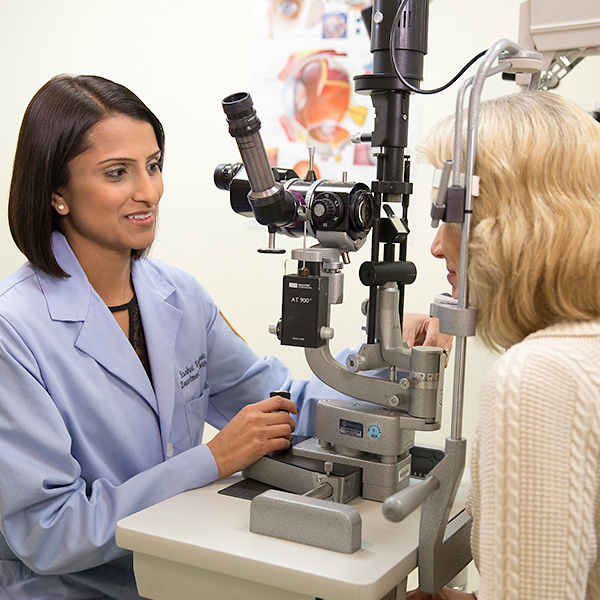Pseudoexfoliation Glaucoma
Overview and Facts about Pseudoexfoliation Glaucoma
Pseudoexfoliation glaucoma is an eye disease that is characterized by the presence of an exfoliative material in the anterior portion of the eye. Over time, this exfoliative material, which is largely comprised of abnormal and thin fibers that overlap each other, builds up in the anterior portion of the eye, and causes eye pressure to rise leading to optic nerve damage.
Your optic nerve is the main nerve that is responsible for sending sensory messages from your eye to your brain. Therefore, damage to the optic nerve results in impaired or loss of vision, or glaucoma.
Pseudoexfoliation glaucoma is sometimes referred to as pseudoexfoliation syndrome; however, it is important to understand that pseudoexfoliation syndrome causes glaucoma. Pseudoexfoliation syndrome is a major cause of glaucoma worldwide and is a disease that progresses with age and affects both men and women.
Signs and Symptoms of Pseudoexfoliation Glaucoma
The most common and obvious sign of pseudoexfoliation glaucoma is a white and flaky material that can be seen on the border of the iris (the colored portion of the eye) or surface of the eye lens, which covers both the iris and pupils.
This white and flaky material represents the accumulated fiber or exfoliative material that is unique to pseudoexfoliation syndrome. Over time, this white and flaky material may peel off the outer layer of the eye lens.
Pseudoexfoliation glaucoma often produces no noticeable symptoms. However, in severe or advanced stages of the disease, symptoms may include:
- Sudden vision loss
- Severe brow ache around the eye
- Nausea and/or vomiting
- Side or peripheral vision loss
- A damaged optic nerve
Causes and Risk Factors of Pseudoexfoliation Glaucoma
Age is the main risk factor for developing pseudoexfoliation glaucoma, as the disease most often occurs in individuals over the age of 50. Individuals over the age of 75 bear the highest risk of developing the disease. High or direct eye exposure to sun rays or ultraviolet light also increases risk.
Although pseudoexfoliation glaucoma affects both men and women, some studies show that the disease is more common in women than men depending on geography. A family history of pseudoexfoliation glaucoma also increases risk. Although the condition occurs in all parts of the world, it is especially prevalent in Scandinvain countries.
Tests and Diagnosis of Pseudoexfoliation Glaucoma
Pseudoexfoliation glaucoma is diagnosed by dilating the eye and examining the eye lens with a slit lamp microscope. Visual field tests are also conducted to assess peripheral or side vision. Nerve damage is also assessed.
If exfoliative material is found and present along with other consistent signs and symptoms, then pseudoexfoliation glaucoma is diagnosed.
Treatment and Care for Pseudoexfoliation Glaucoma
The primary goal of pseudoexfoliation glaucoma treatment is to reduce eye pressure that is responsible for damaging the optic nerve.
Depending on the severity of the disease, treatments may include eye drops, laser treatments, or surgery. Although less effective in pseudoexfoliation glaucoma, topical eye drops are often administered as the first line of therapy before laser treatments or surgery.

Request an Appointment
Whether you are seeking routine eye care or have a specific vision issue, our team treats a wide range of eye diseases and conditions, including cataracts, glaucoma, macular degeneration and strabismus. Schedule an appointment today.
Schedule a Telehealth Appointment
